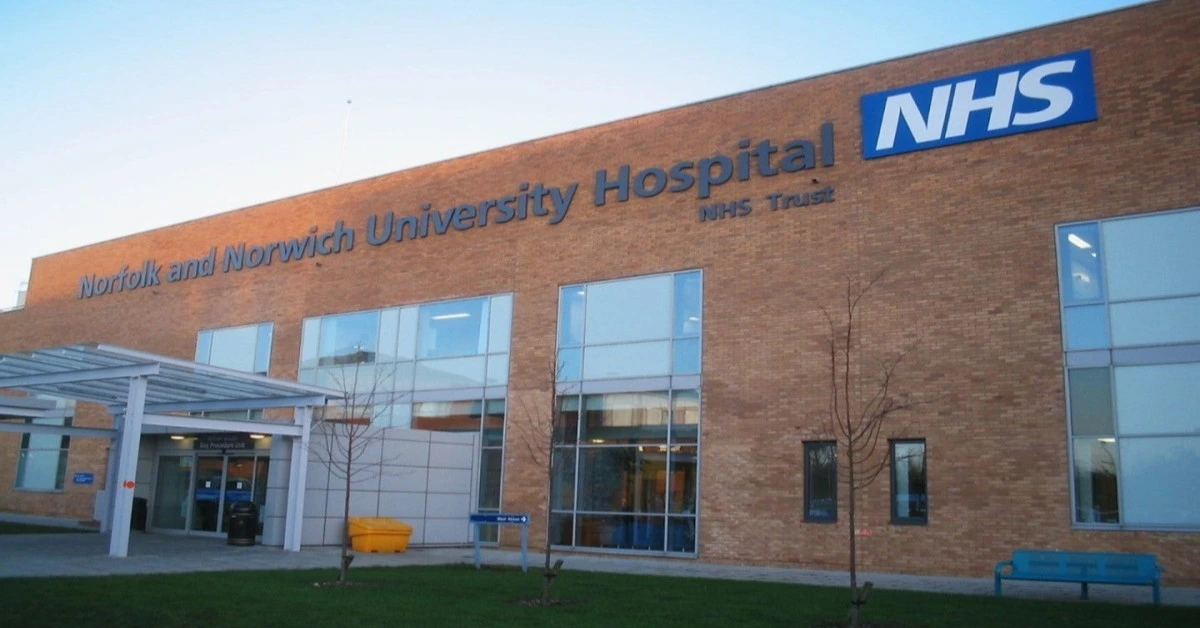
U.K. – The U.K. government has introduced a series of initiatives to reduce hospital waiting times, including establishing more community hubs and enhancements to the NHS App.
These measures are part of a broader effort to address the lengthy waiting list for elective, non-emergency procedures, which currently stands at 7.5 million patients.
Alarmingly, around 40% of these individuals are waiting longer than the NHS target of 18 weeks for treatment.
Central to the government’s elective reform plan is the expansion of community diagnostic hubs.
These hubs will allow general practitioners (GPs) to directly refer patients for a broader range of tests without requiring prior consultation with a specialist.
The tests will cover common conditions such as breathlessness, asthma in children and young people, and post-menopausal bleeding.
Additionally, 17 new or expanded surgical hubs are being introduced to focus on non-urgent treatments, such as cataract surgeries and certain orthopedic procedures, to alleviate pressure on hospital resources.
The plan includes ambitious targets, such as delivering two million additional NHS appointments by the end of next year.
By July 2029, the government aims to ensure that 92% of patients receive treatment within the 18-week timeframe for procedures like hip and knee replacements, a standard currently met for fewer than 60% of patients.
A significant part of this initiative is the upgraded NHS App, set to launch in March. The updated app will enable nearly all patients to contact their GP or hospital for non-urgent care, a feature currently limited to a smaller group of users.
Moreover, patients at approximately 85% of acute trusts will gain access to their appointment schedules.
Hospitals will also expand the use of appointment reminders through the app to reduce the number of no-shows.
The app will provide information about NHS and independent healthcare providers, giving patients more options to choose where they receive treatment.
NHS England has highlighted that these reforms aim to allow thousands more patients to receive a diagnosis and treatment plan within a single day.
NHS chief executive Amanda Pritchard emphasized the importance of timely access to tests and consultations, stating that the plan would enable faster diagnoses and quicker treatments, helping people return to their lives sooner with peace of mind.
The British Medical Association (BMA) welcomed the plan as a positive step, acknowledging it as a sign of the government’s commitment to improving healthcare services.
However, the BMA cautioned that achieving these targets would depend on addressing workforce shortages and ensuring sufficient funding to recruit and retain doctors.
Professor Phil Banfield, chair of the BMA council, stressed the need for modernized facilities and support to tackle the chronic burnout affecting healthcare professionals, warning that without these steps, progress would be limited.
Despite its potential benefits, the plan has raised concerns about its reliance on digital solutions.
The BMA warned that an increased focus on the NHS App might exclude patients who are less comfortable with technology.
Additionally, the organization expressed fears that the app’s accessibility could lead to an overwhelming surge in appointment and test bookings from the “worried well,” further straining the NHS’s already limited capacity.
XRP HEALTHCARE L.L.C | License Number: 2312867.01 | Dubai | © Copyright 2025 | All Rights Reserved